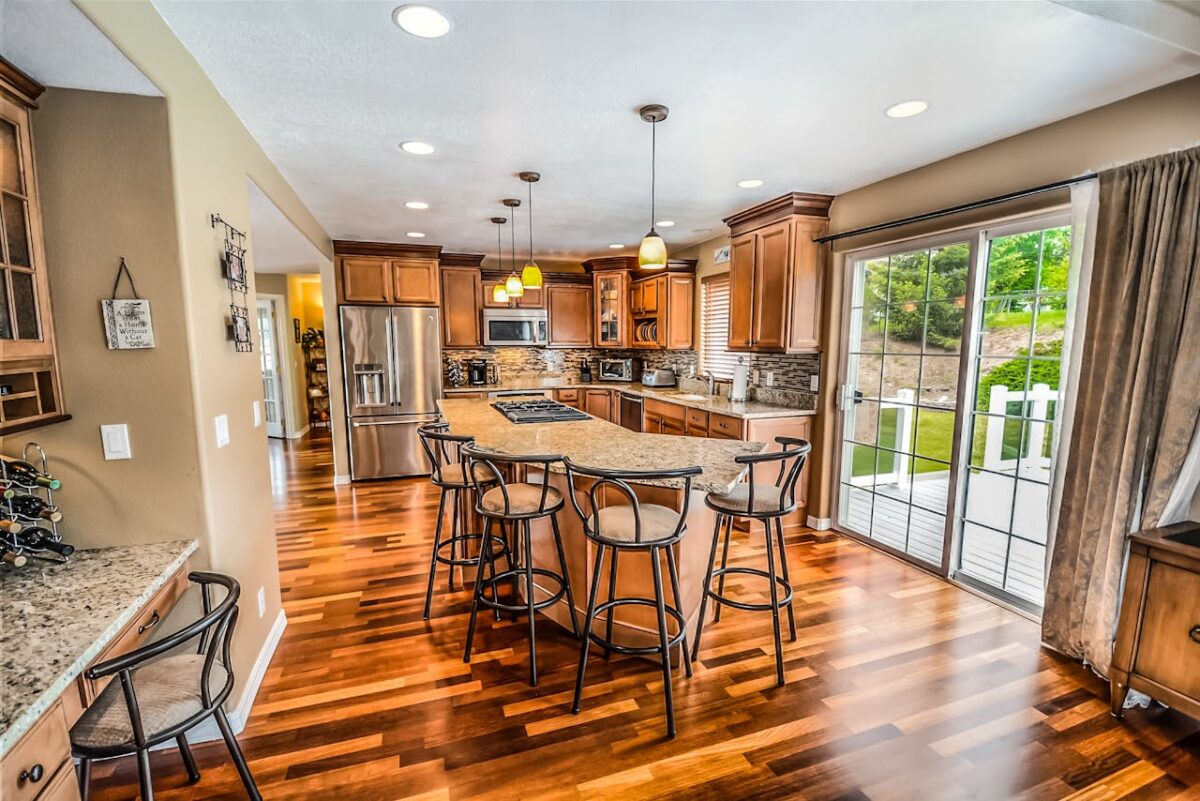Building an acoustically-engineered auditorium is not a simple task. When planning the design for an auditorium, you must ensure that all seats receive uninterrupted visuals and clear sound.
Before building an acoustic auditorium, you must clearly understand the area’s intended use and examine how the sound will spread across the area.
We talked to experts and listed a few helpful tips for planning and designing an excellent auditorium design. Here we go:
Audio engineering and designing
Auditoriums are massive event places and require professional AV installation services to set up and design the system.
A well audio-video engineered auditorium will definitely have a positive impact on the audience. To create the right environment, special attention needs to be paid to the sides and ceiling.
You can also consult an acoustic design consultant to help you set up modern and eye-catching visual presentations to capture the audience’s attention.
Centralized control in a high-pressure environment
To have better control of the sound and video systems in the auditorium, having touch-based controllers can be really effective. They can monitor multiple systems simultaneously, particularly in a high-pressure situation and during high-profile live events.
These control systems assist in handling all the sound and lighting devices easily through one touch-screen platform. It can be combined with almost any electrical arrangement, including HVAC, lighting, drapes, sound systems, AV devices, etc.
Visibility of the stage
Full Stage Visibility to the audience is non-negotiable while designing the auditorium. For this, staggered seating and sloped floors are the ideal solutions. Moreover, there must be a minimum of 1/6th distance separating the screen and last row. If this isn’t the case, the screen contents will be affected for people seated in the back row.
Noise control systems
To decrease HVAC and mechanical systems’ impact on the auditorium’s acoustics, noise control, and vibration isolation arrangements must be fitted into the auditorium.
For this, a precise noise measurement evaluation must be conducted by the auditorium’s audio-video engineers and designers. Moreover, they must also decide what type of changes are required to mitigate the auditorium’s noise impact.
Balcony Design
Balconies should be incorporated wherever feasible to decrease the distance between the faraway seats and the stage. The overhang should be of short depth and can be installed with sound-absorbing elements.
Stage Lighting
Stage lighting is essential for enhanced visibility and also to establish the right mood. It can enhance or reduce the aesthetics of the stage show. So, compromising with stage lighting is not advisable. Instead, you must invest in decent lighting fixtures like floodlights, spotlights, wash lights, moving heads, lasers, etc. for more immeasurable visual impact.
Doorway STC
All doors in the auditorium must be solid-core, with airtight seals to restrain outside noise from slipping in. You can select STC-rated doors if the display space is critical. While apartment doors may only need STC 32, we recommend STC performance in the 35-40 range. If you’re using double doors, ensure that an Astragal is placed in the center, and enough rubber gasket is utilized to prevent flanking.
Orchestra Pits
If the auditorium features an orchestra pit, soundproof curtains must be installed that can be opened and closed as the administrator decides to control the noise level.
Buffer Zones around Auditorium
Separate the auditorium from the other parts of the building and other possible noise sources by forming buffer zones. Hallways and lobbies should isolate the auditorium from restrooms, mechanical equipment, dressing rooms, etc.
The surrounding area can be utilized for storage or offices that will be non-functional while the auditorium is in use.
Final Words
Auditoriums play host to a broad range of concerts and events that won’t have a possibility of success if the audience cannot see or hear anything.
If you’re looking to design an acoustically-engineered auditorium, the tips mentioned in this article will be beneficial.















